The 2011 Show continues...
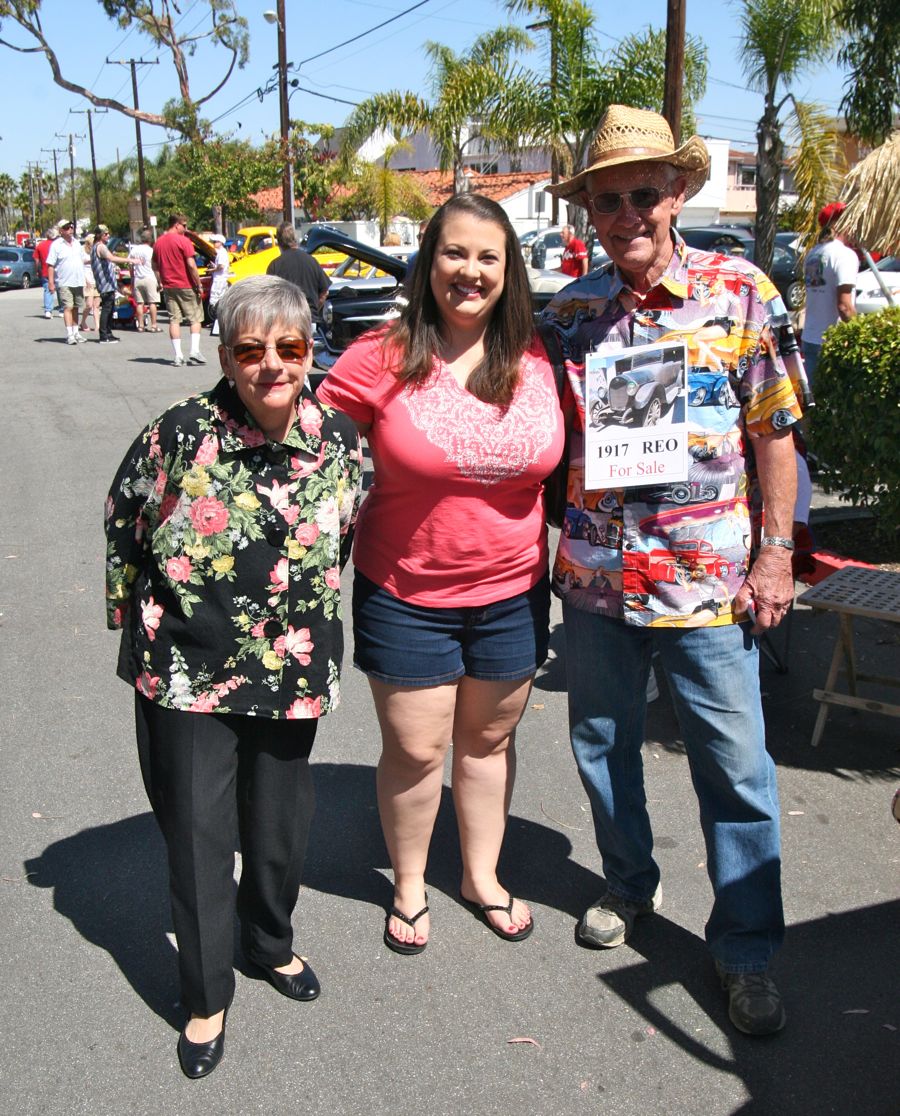
We met up with Amber and Del
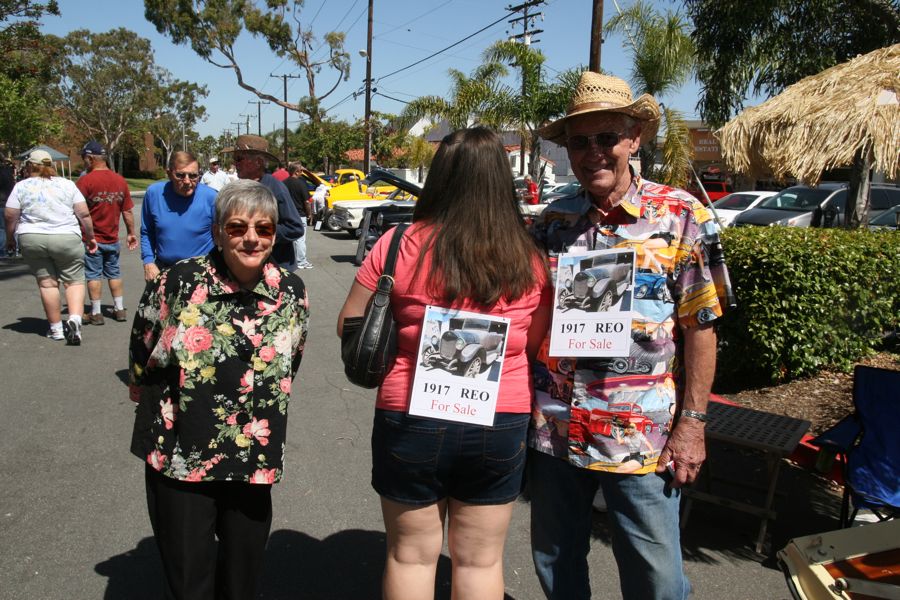
Walking advertisements
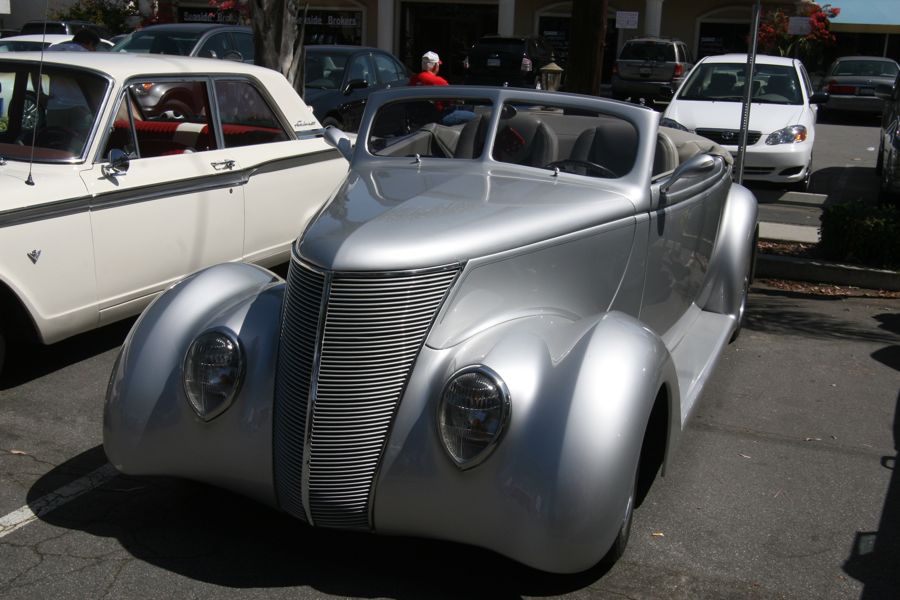
Hi Ho Silver
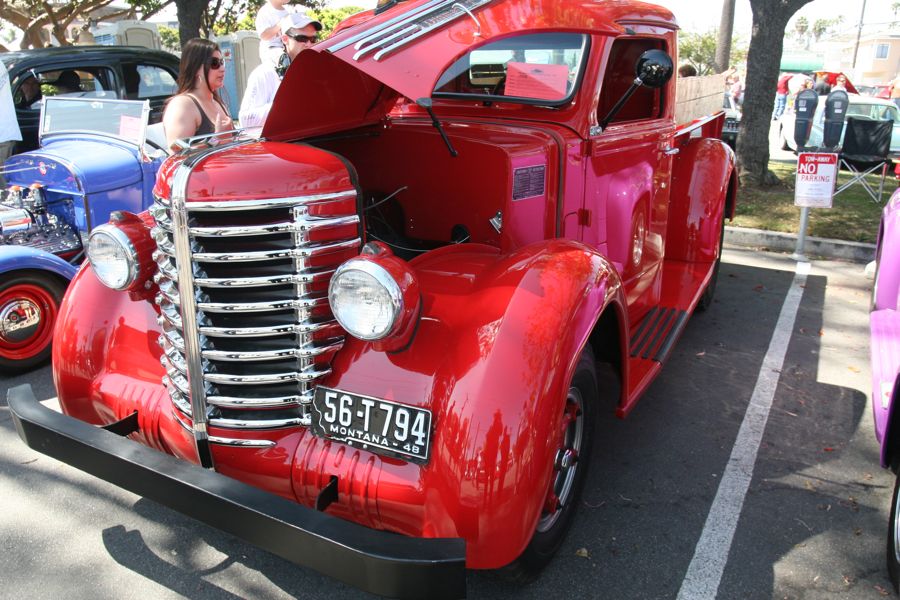
1948
Diamond T Motor Car
Did You Know? - The Diamond T was an American automobile manufactured in Chicago from 1905 until 1911 by the Diamond T Motor Car Company. It was a powerful touring car (models up to 70 hp were available). The company later became known for its trucks. By 1967, as a subsidiary of White Motor Company, it was merged with Reo Motor Company to become Diamond Reo Trucks, Inc.
During WWII, Diamond T produced a classic heavy truck in the 980/981, a prime mover which was quickly snapped up by the British Purchasing Commission for duty as a tank transporter tractor. Coupled with a Rogers trailer, the Diamond T tank transporter gave sterling service with the British Army in North Africa Campaign, where its power and rugged construction allowed the rescue of damaged tanks in the most demanding of conditions.
Diamond T manufactured two pickup trucks: the Model 80 and the Model 201. Both pickups were powered by the Hercules QX-series 6 cylinder engines. The Model 201 was produced from 1938 to 1949.
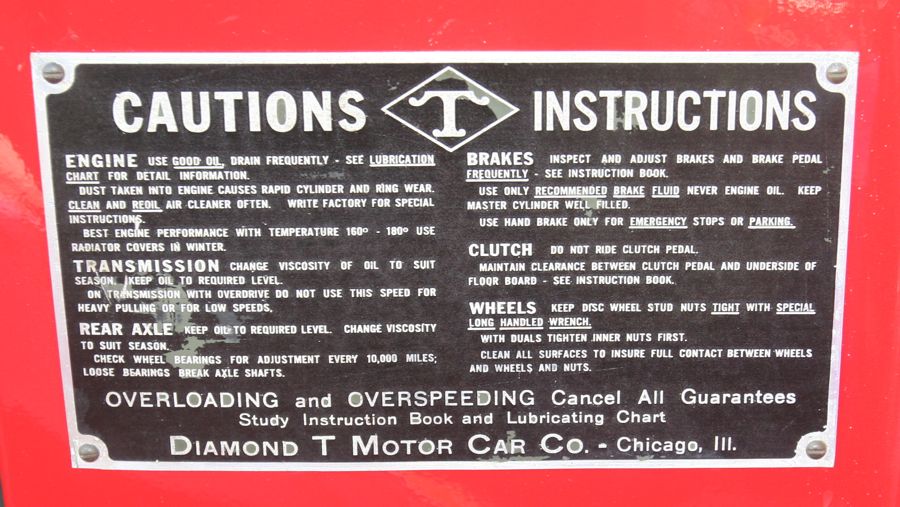
Great guarentee
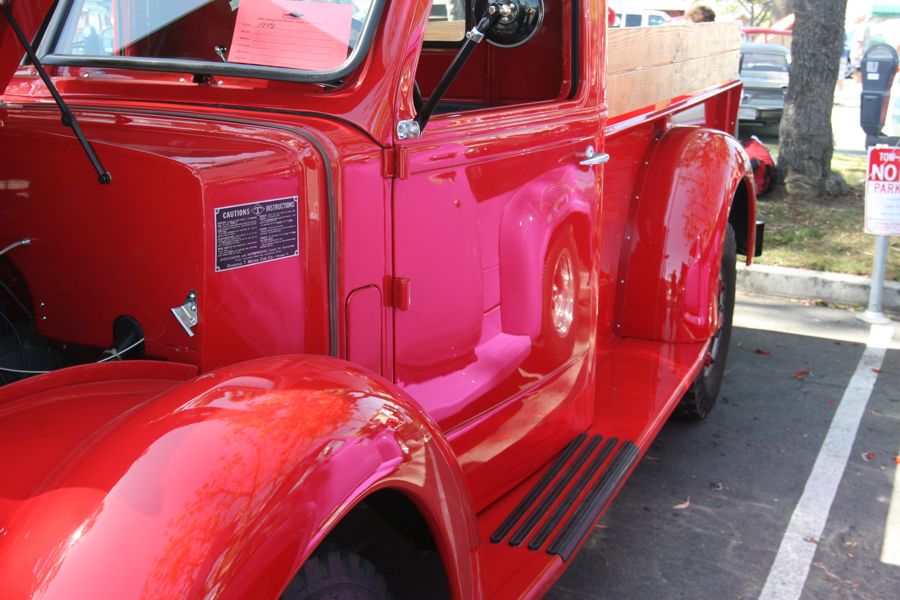
Checkout the reflections
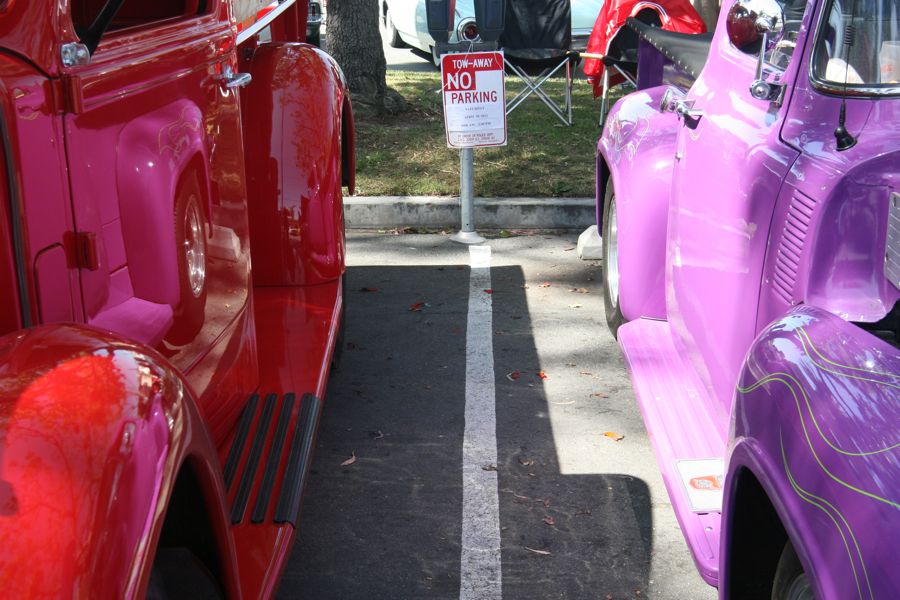
Pink meets red
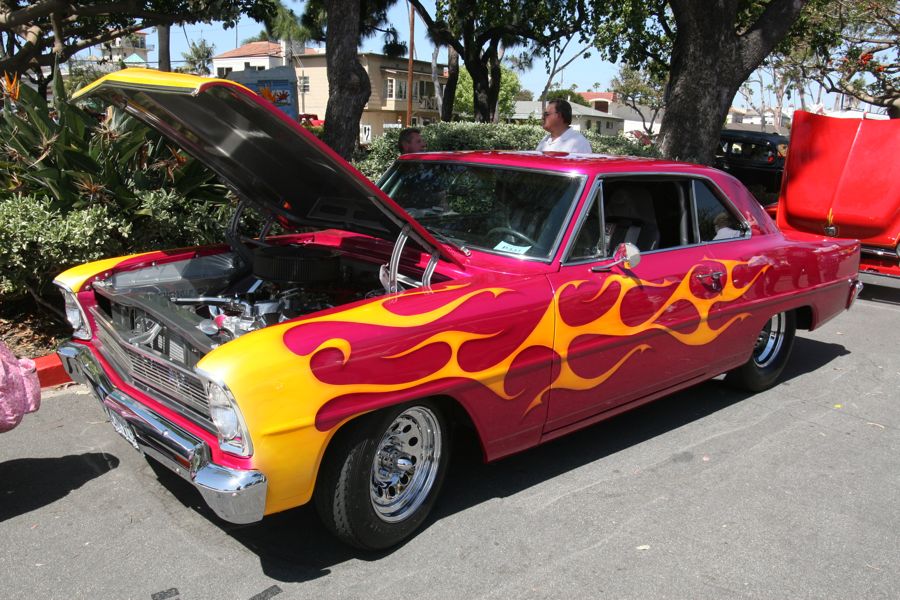
Flames make it go fast when standing still
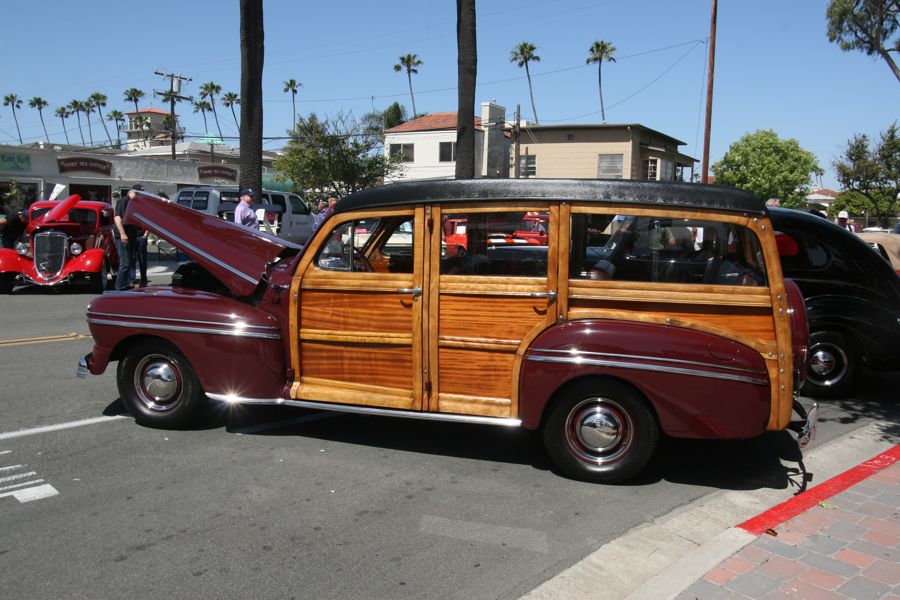
Super Woody
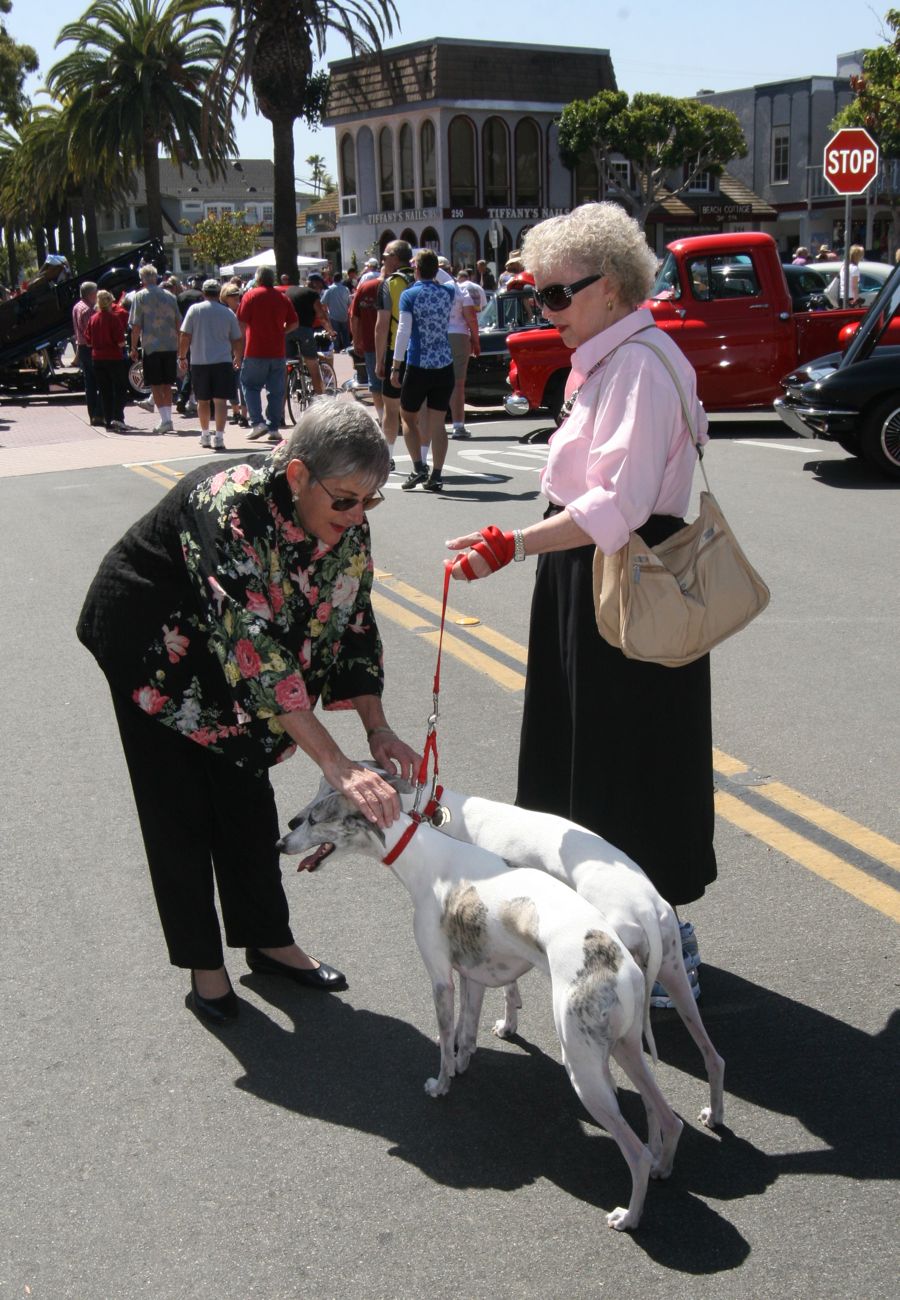
Sue meets two new friends.. Whippits
Did You Know? - Whippets were bred to hunt by sight, coursing game in open areas at high speeds. One can find numerous representations of small greyhound-like hounds in art dating back to Roman times but the first written English use of the word "whippet" with regard to a type of dog was in 1610. There is a picture by Jean Baptiste Oudry (1686–1755) of "Misse", one of two English whippets presented to Louis XV, in the Washington National Gallery and another, with her companion, "Turlu", by the same artist in the Musée National de Fontainebleau.
However, some French sources, notably the Ministry of Culture, use the word "levrette" to describe Misse and Turlu. Levrette translates as "female greyhound". In the nineteenth century, whippet racing was a national sport in England, more popular than football. It is only beginning with this period that the existence of the whippet as a distinct breed can be stated with certainty. The age of the modern whippet dawned in 1890 when the English Kennel Club granted the breed official recognition, thus making the whippet eligible for competition in dog shows, and commencing the recording of their pedigrees.
In the United States, the whippet was recognized in 1888 by the American Kennel Club. Early specimens were taken from the race track by dog fanciers of the time and exported all over the world. The whippet's versatility as a hunting, racing, exhibition or companion dog soon made it one of the most popular of the sighthound breeds.
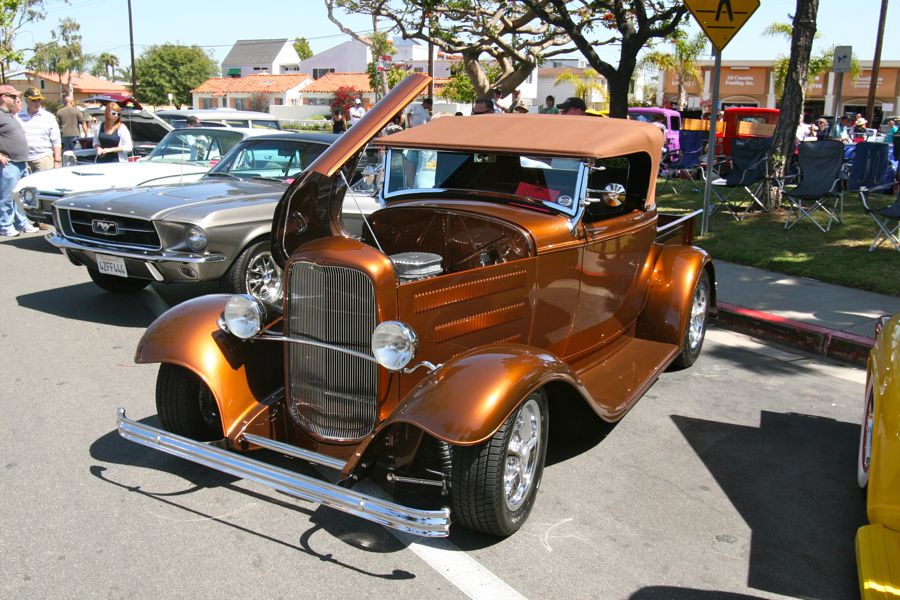
Terrific colors
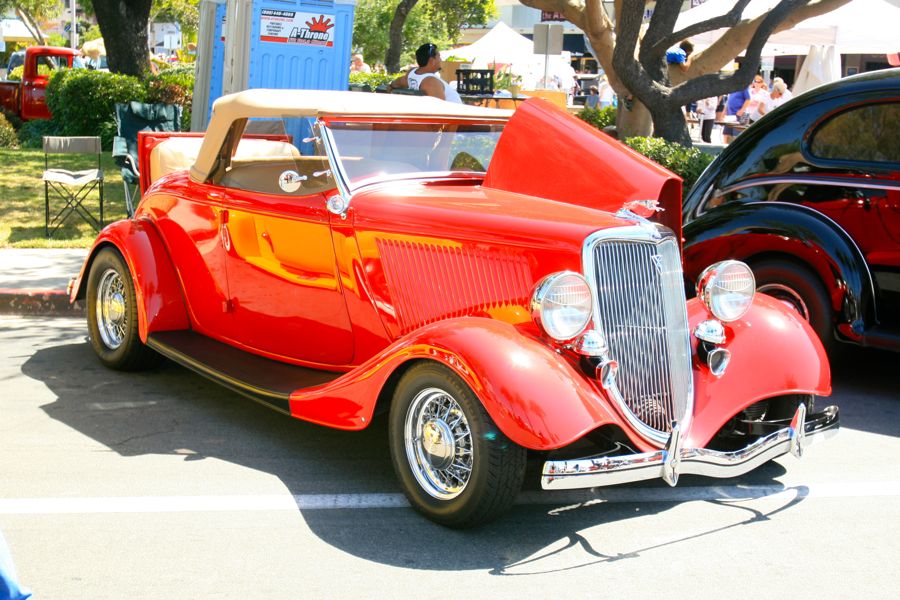
Red red and more red

We stopped for a glass of Champagne
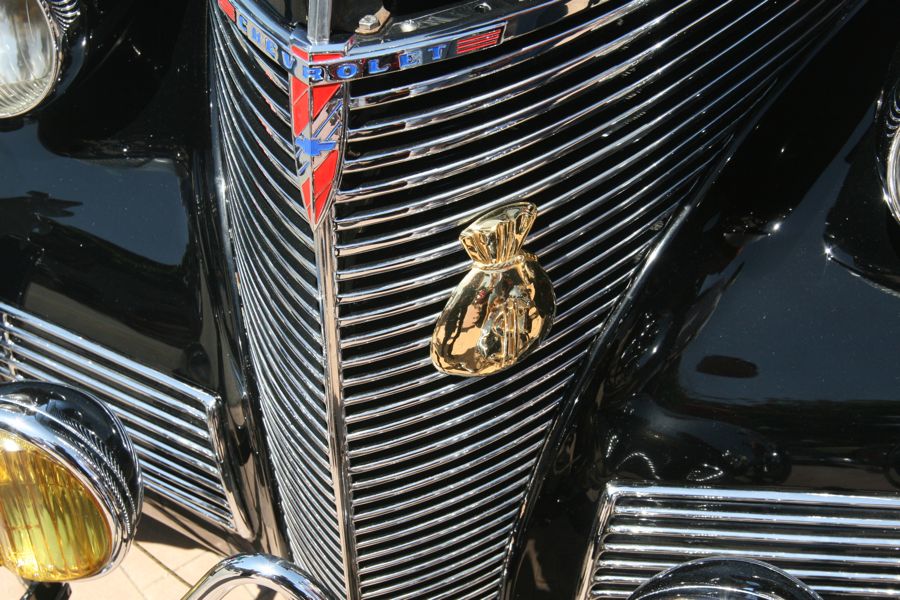
Look at the money bag on the grille
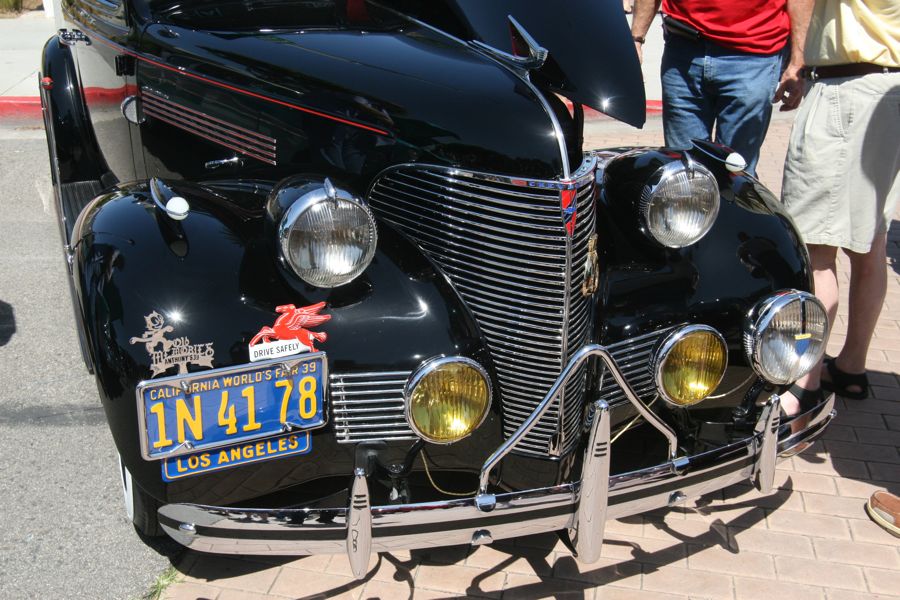
1939 must have been a good year
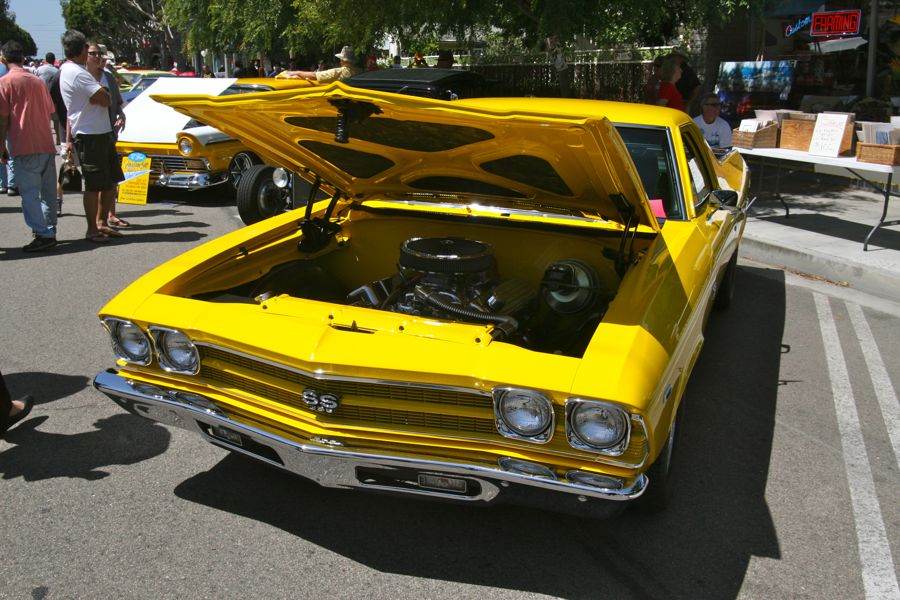
Hello out there...

All go

Candy apple red
Did You Know? - Candy apple red (occasionally known as apple-candy red) is the name code used by manufacturing companies to define a shade of red similar to the red caramelized sugar coating on candied apples. The typical method for producing a candy apple finish is to apply a metallic base-coat, followed by a transparent color coat. A final clear coat adds additional gloss.

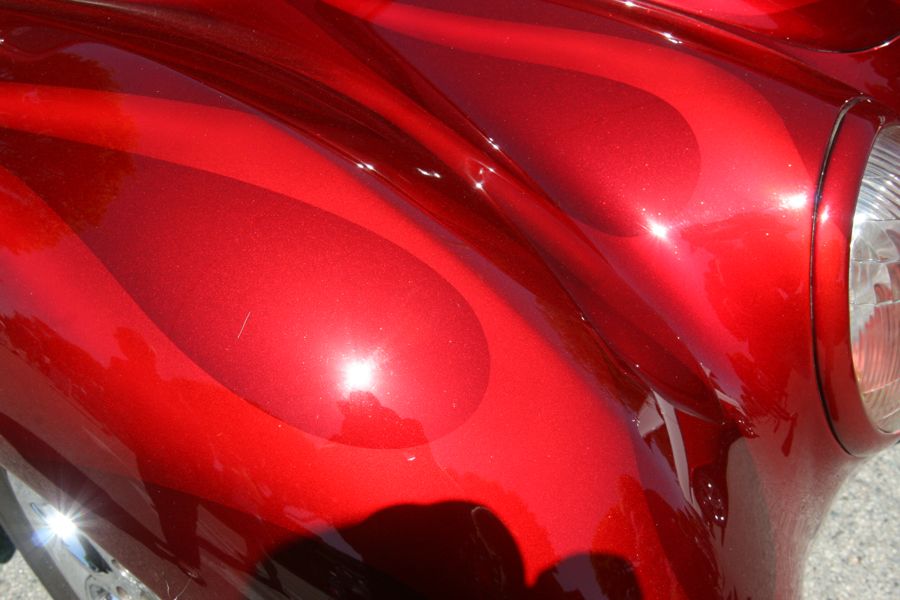

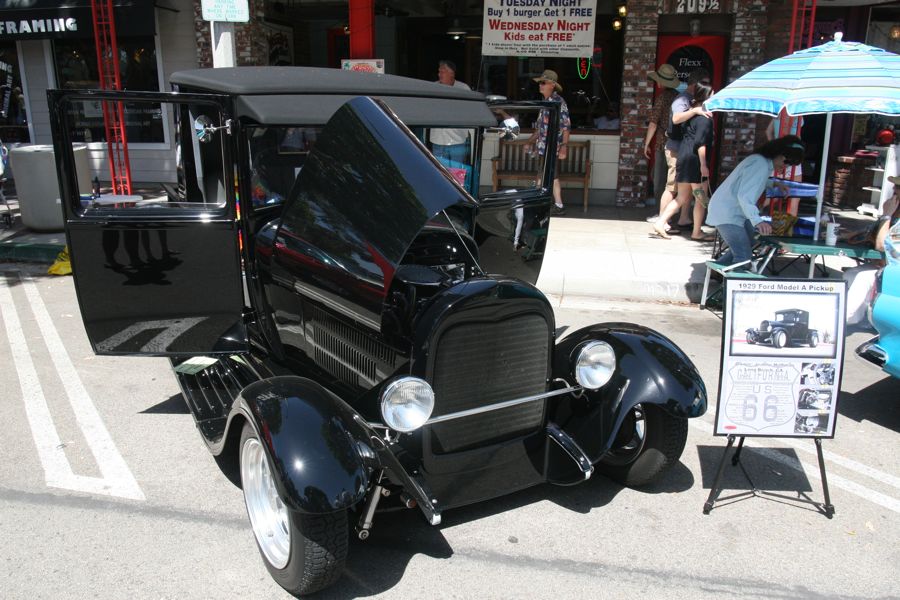
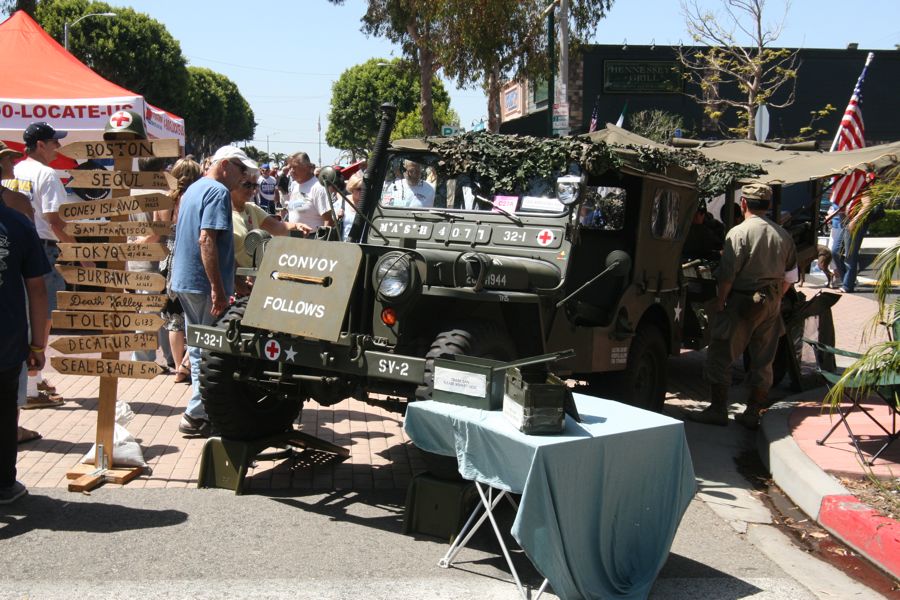
The Jeep is here and ready to go
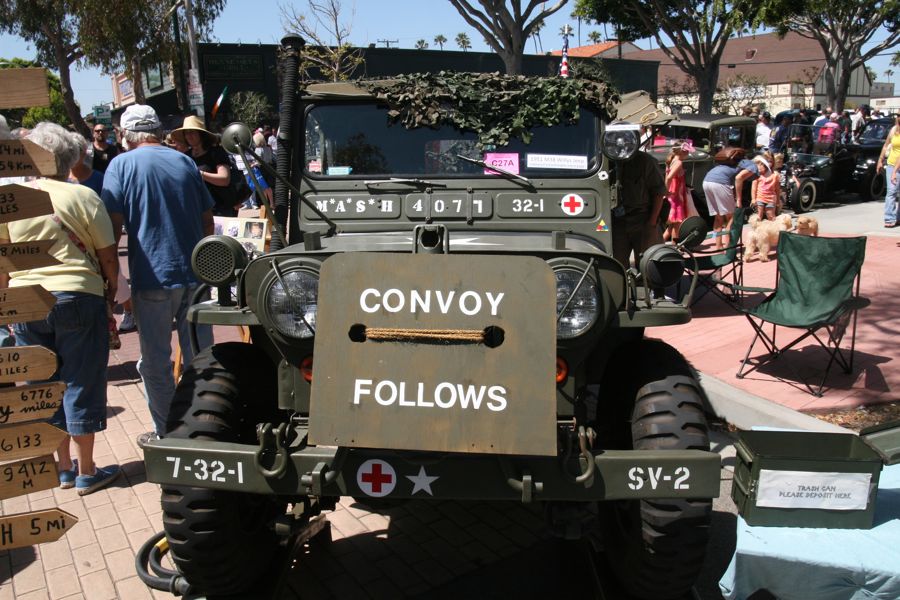


The end of an era... Chrome everywhere
A component to be chrome plated will generally go through these different stages:
- degreasing to remove heavy soiling;
- manual cleaning to remove all residual traces of dirt and surface impurities;
- various pretreatments depending on the substrate;
- placement into the chrome plating vat, where it is allowed to warm to solution temperature; and
- application of plating current, under which the component is left for the required time to attain thickness.
There are many variations to this process depending on the type of substrate being plated upon. Different etching solutions are used for different substrates. Hydrochloric , hydrofluoric , and sulfuric acids can be used. Ferric chloride is also popular for the etching of Nimonic alloys. Sometimes the component will enter the chrome plating vat electrically live. Sometimes the component will have a conforming anode either made from lead/tin or platinized titanium. A typical hard chrome vat will plate at about 25 micrometres (0.00098 in) per hour. Various Linishing and Buffing processes are used in preparing components for decorative chrome plating. The overall appearance of decorative chrome plating is only as good as the preparation of the component.

Various Linishing and Buffing processes are used in preparing components for decorative chrome plating. The overall appearance of decorative chrome plating is only as good as the preparation of the component.
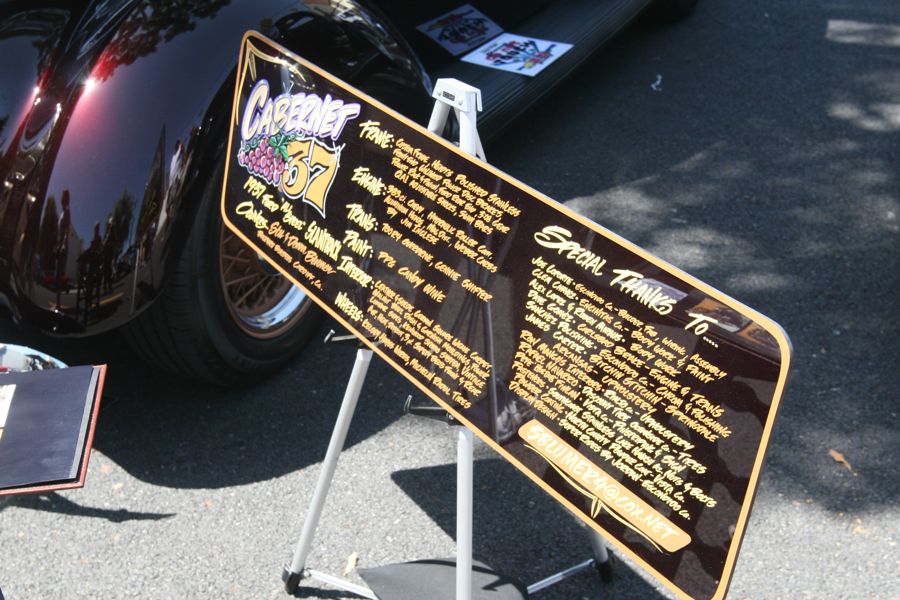
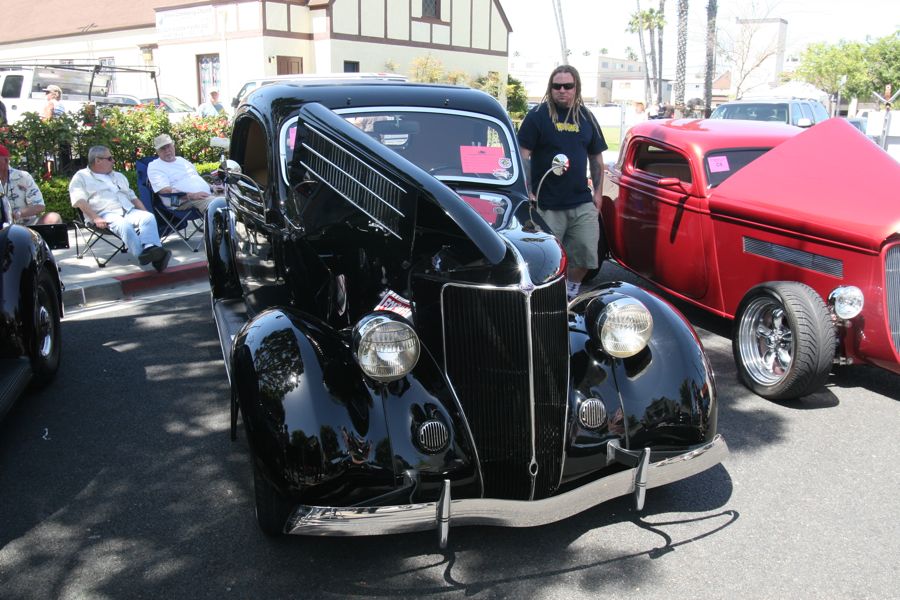
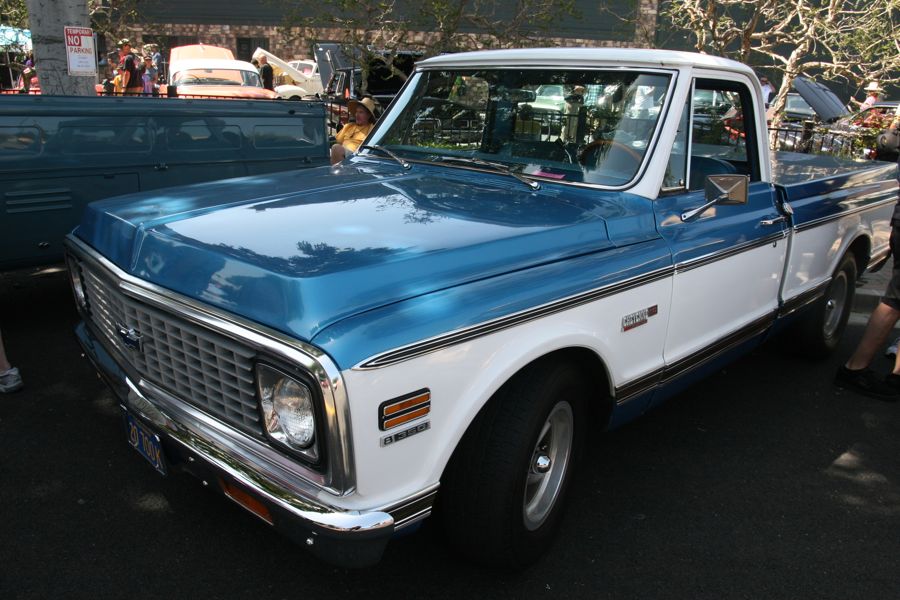
Great truck
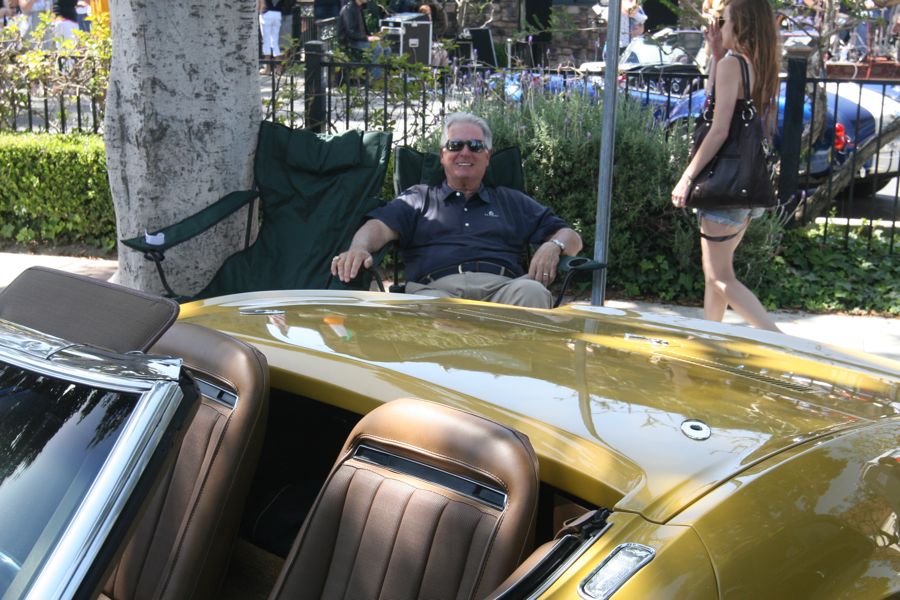
Old Ranch was well rfepresented
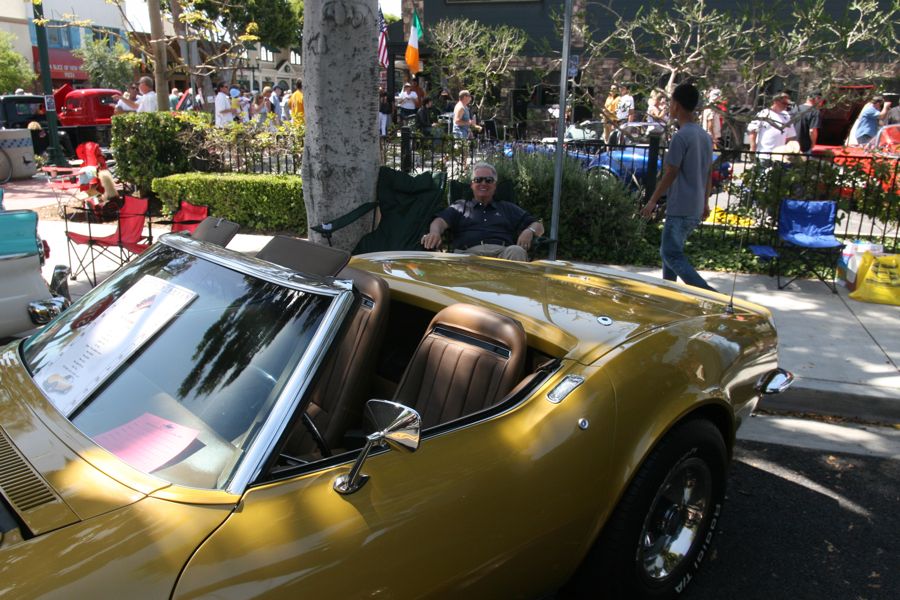

Crown Victoria convertible
Did You Know? - The Ford Crown Victoria (commonly nicknamed the Crown Vic) is a rear-wheel drive full-size car first produced by the Ford Motor Company for the North American market in the mid-1950s. Its current incarnation has been in production since 1992 at Ford's St. Thomas Assembly plant. While the Crown Victoria shares its platform and components with the Lincoln Town Car, it shares almost no exterior sheet metal or interior parts. Beginning with the 2008 model year, it has been available only for fleet sales, mainly in police and taxi form, as well as for rental car companies.
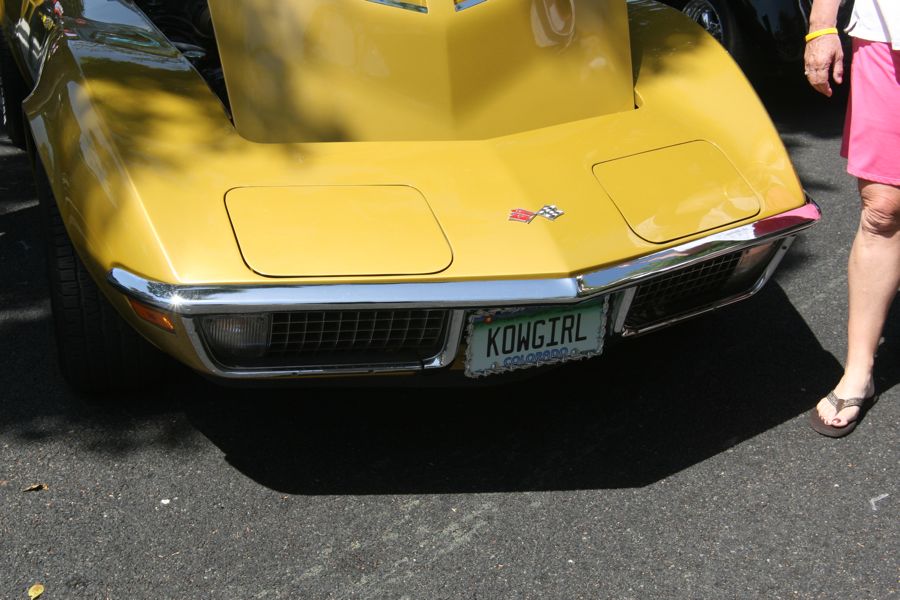
Check the license plate

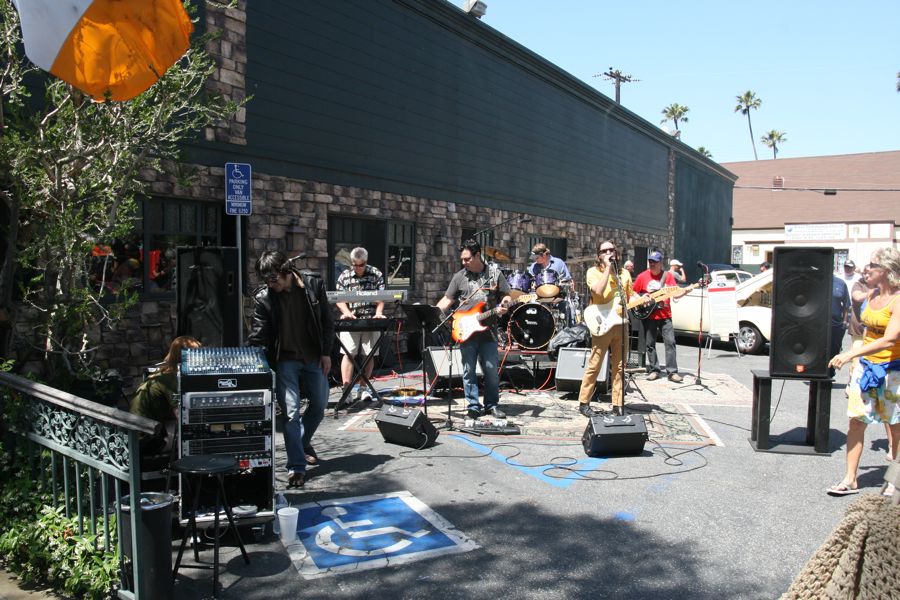
Loud.....

1928 was an excellent year... Same year Mickey Mouse became a star

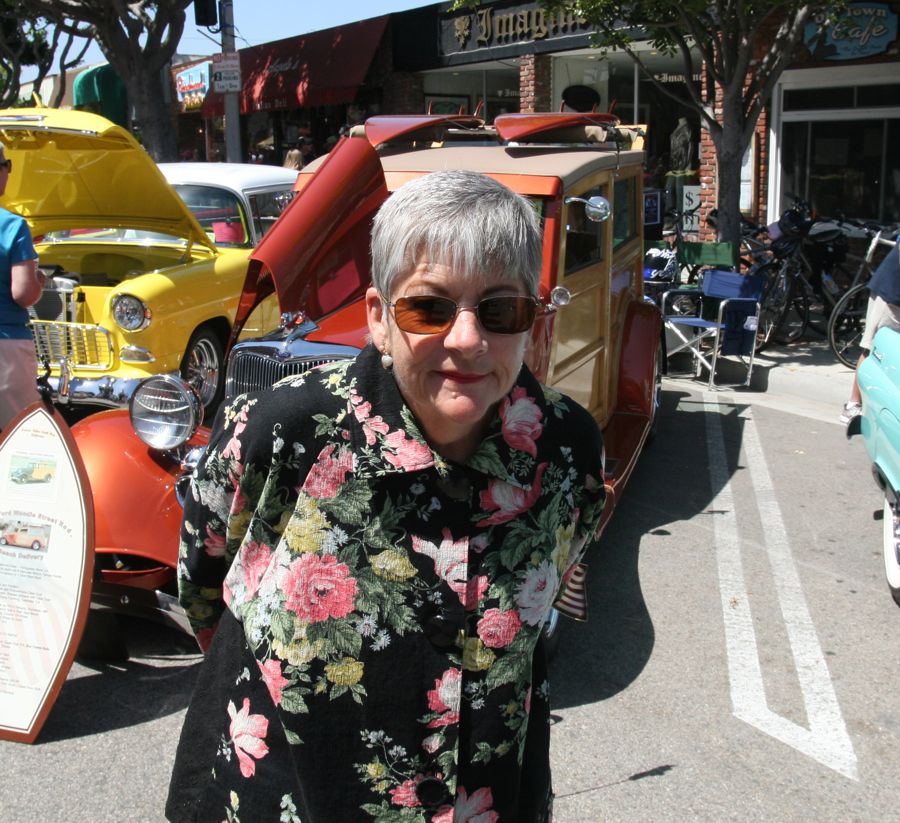
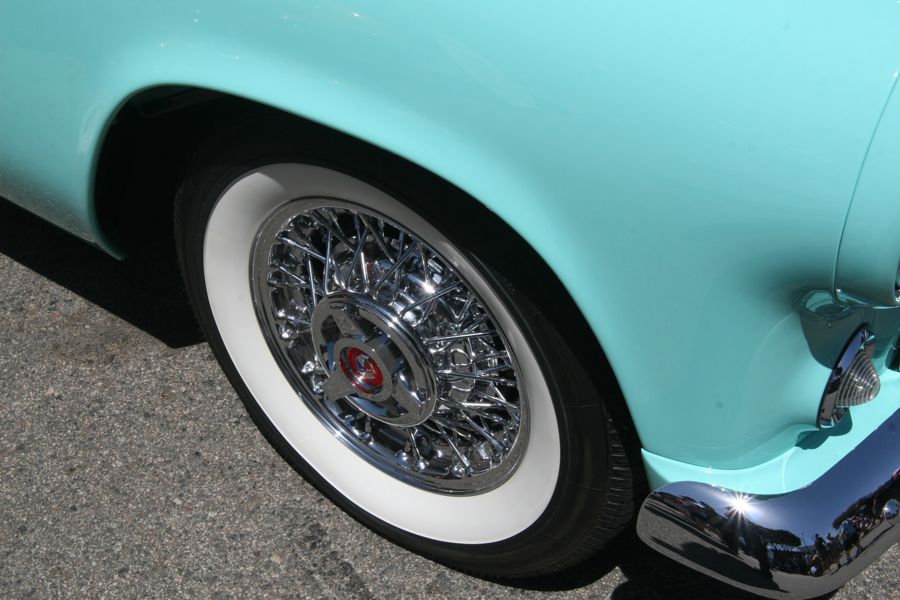
Check the wire wheels
Did You Know? - Before 1960, sports/racing cars often had wire wheels equipped with "knockoff" (central wing nut) hubs that could be unscrewed by striking a wing of the nut with a mallet or "knockoff hammer", but in the 1960s cast light-alloy or "Magnesium" wheels became common and now predominate. New versions of wire wheels are made with standard hub bolt patterns covered by a center cap to fit without adapters.
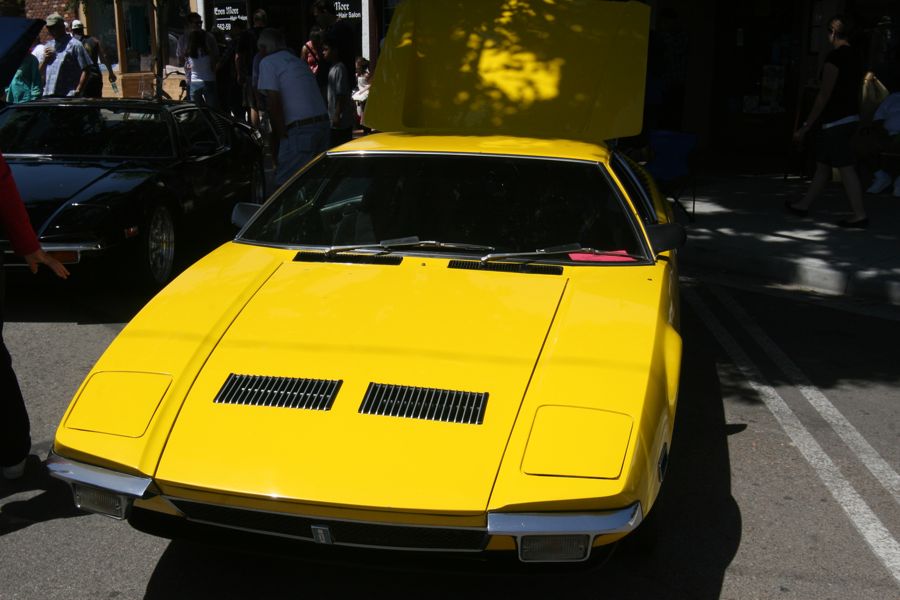
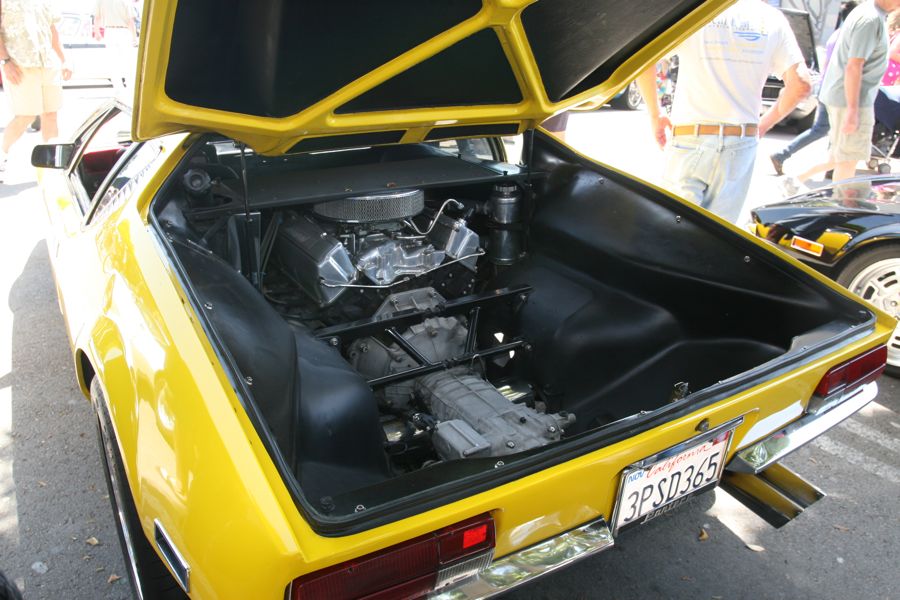

Great looking Lincoln with suiside doors
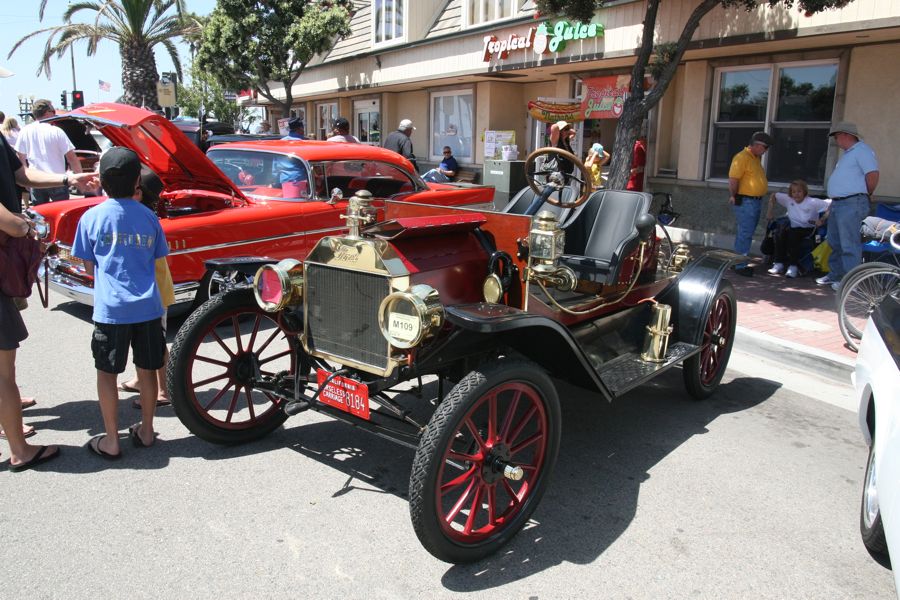

Frankie was here
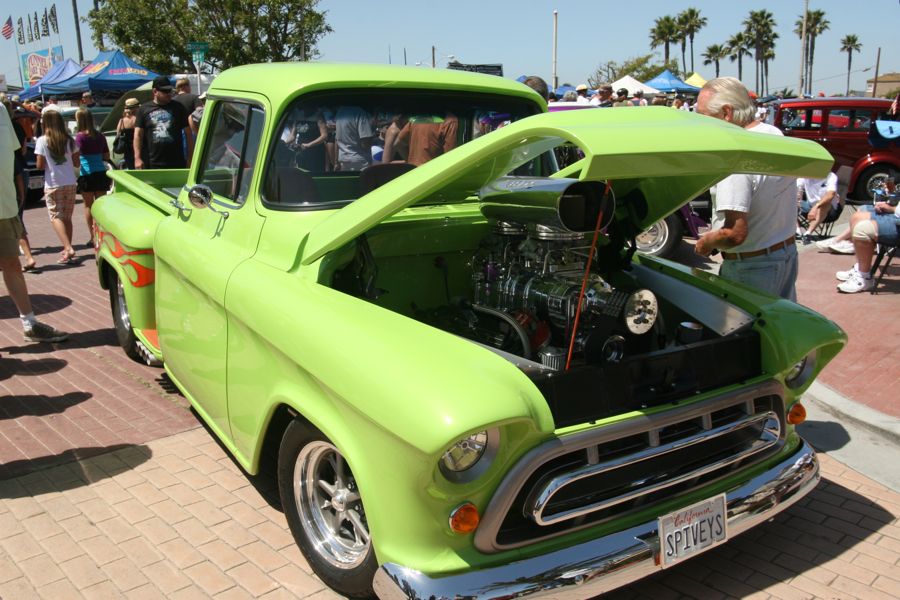
Lime green
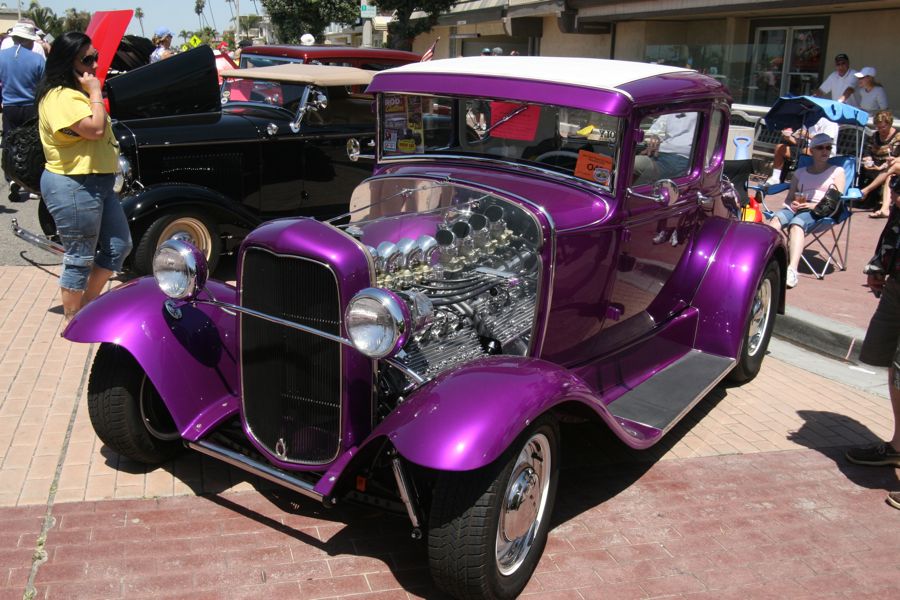
Now this is purple
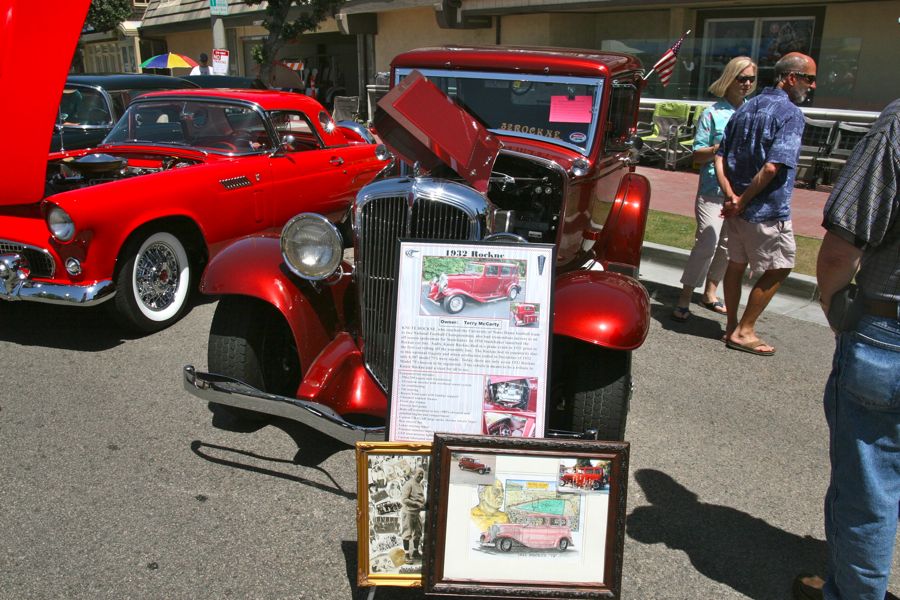
1932 Rockne
Did You Know? - The Rockne was an American automobile brand produced by the Studebaker Corporation of South Bend, Indiana from 1931-1933. The brand was named for University of Notre Dame football coach Knute Rockne.
Discussions between Studebaker and Knute Rockne began in 1928. Rockne was offered a high-visibility job by Studebaker president Albert Erskine. Studebaker planned for a durable, inexpensive car. The Rockne would replace the slow-selling, unduly expensive Erskine car.
On March 31, 1931, 12 days after being appointed manager of sales promotion, Knute Rockne was killed in an airplane crash. In September, 1931, George M. Graham, formerly of Willys-Overland, was named sales manager of the new Rockne Motor Corporation. Two models were approved for production, the "65" on 110 in (2,800 mm) wheelbase and the "75" on a 114 in (2,900 mm) wheelbase. The "75" was based on the Studebaker Six, while the "65" was based on designs by two engineers under contract for Willys-Overland.
When Willys-Overland announced they did not have the money to build the car, the two went on the road to sell it. Studebaker president Erskine was quite impressed, and bought the car and the engineers' services. The "75" was designed under Studebaker's head of engineering, Delmar "Barney" Roos. Production of the Rockne "75" began at South Bend on December 15, 1931.
The smaller "65" went into production at the old E-M-F plant on Piquette Avenue in Detroit, February 22, 1932. This was the same plant at which the 1927 and 1928 Erskine models had been built. The Rockne also went into production at Studebaker's Canadian plant at Walkerville, Ontario, near Windsor.
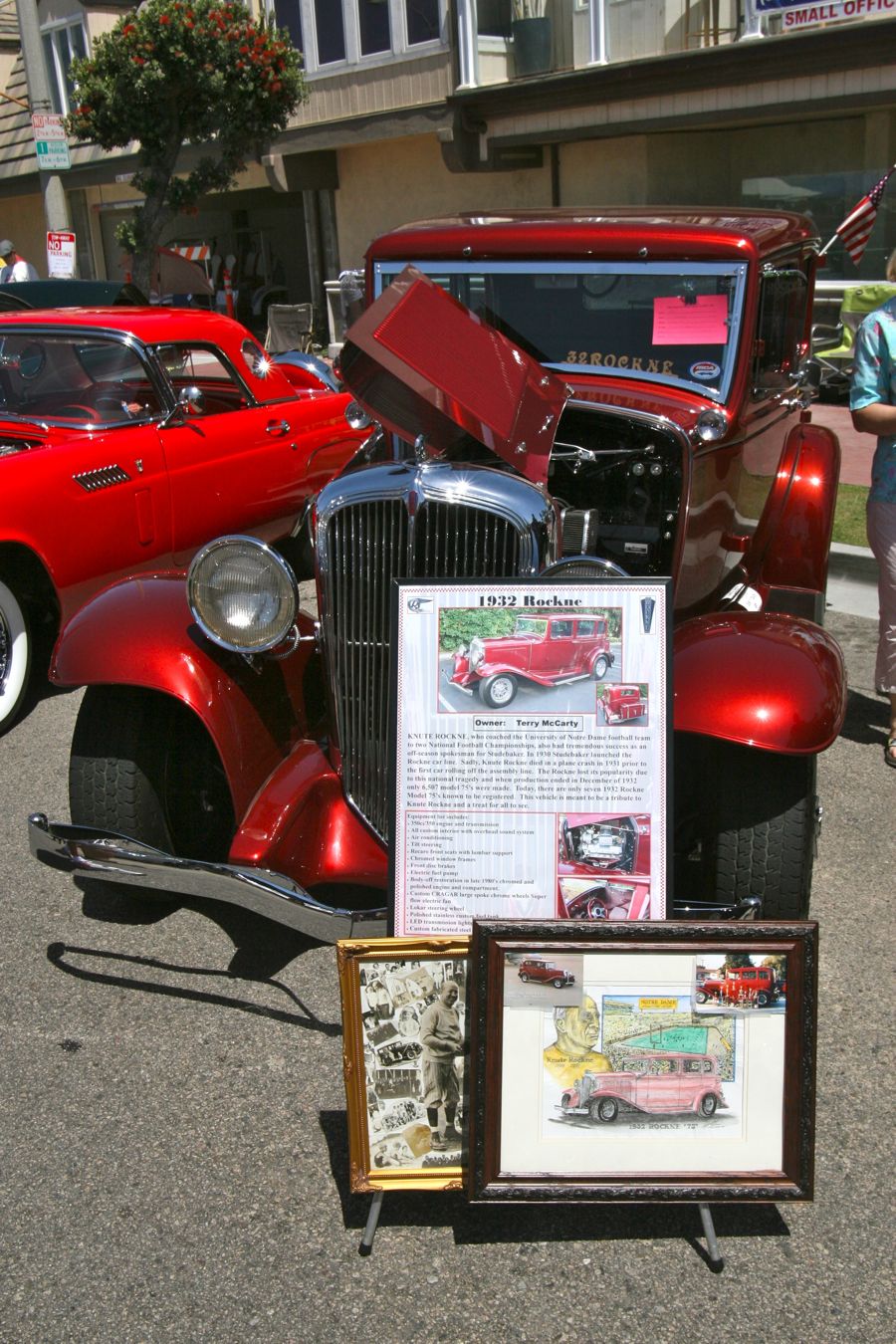
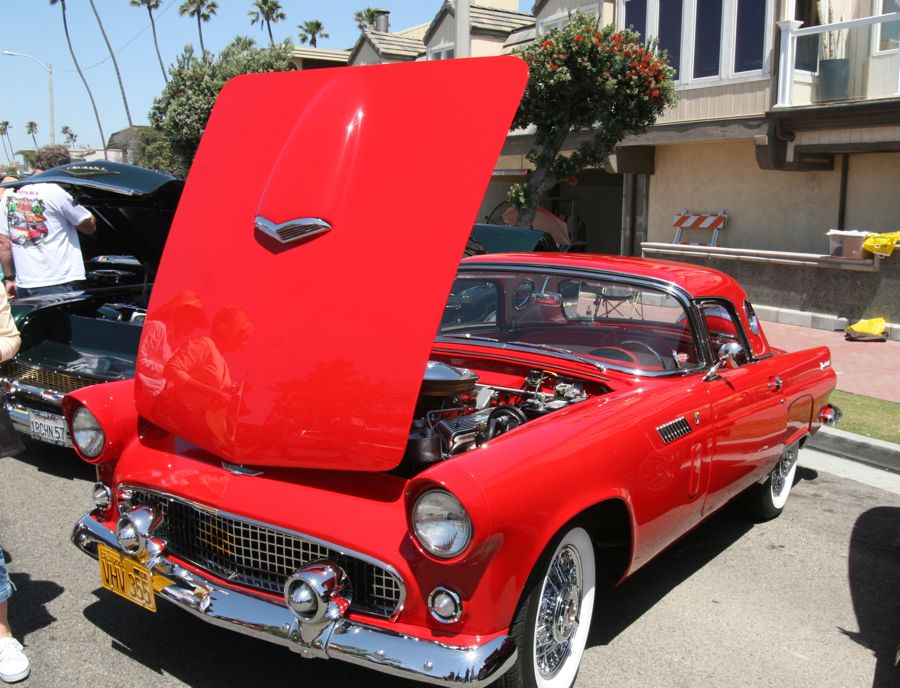
T-Bird
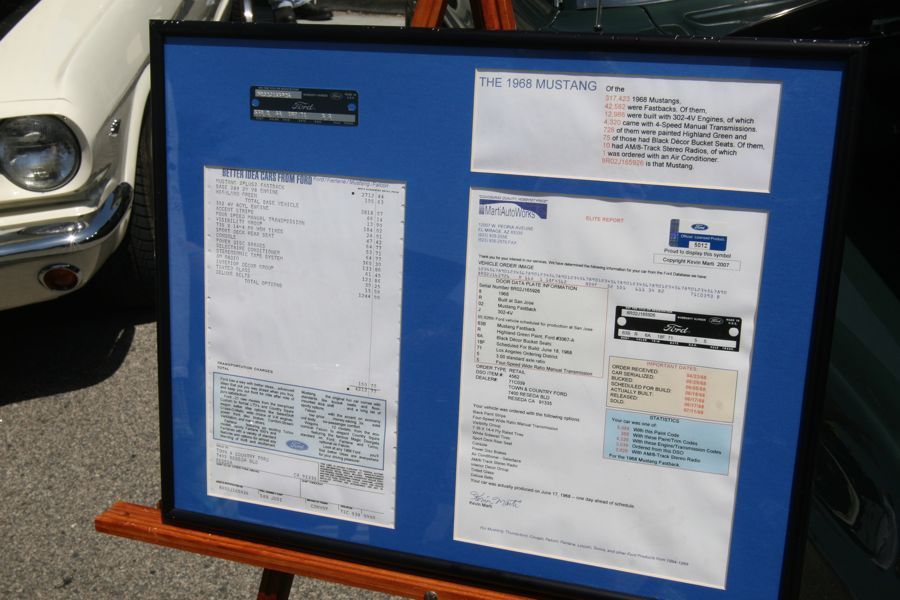
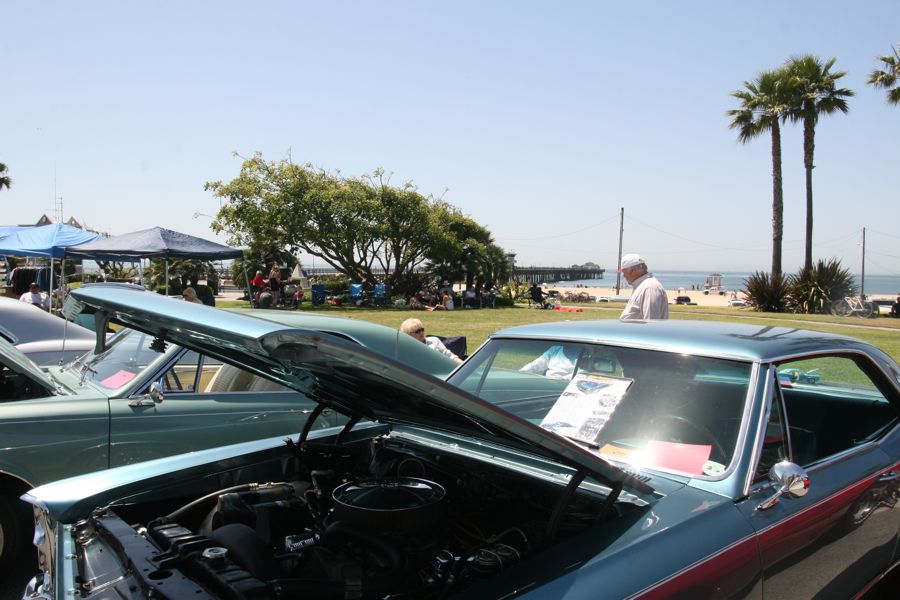
It was a magnificent day
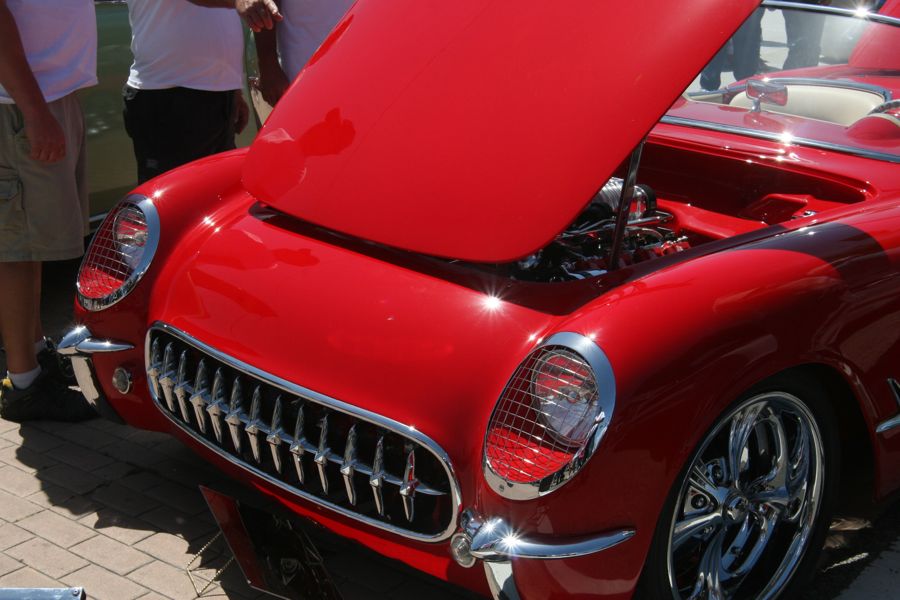
Fibregalss

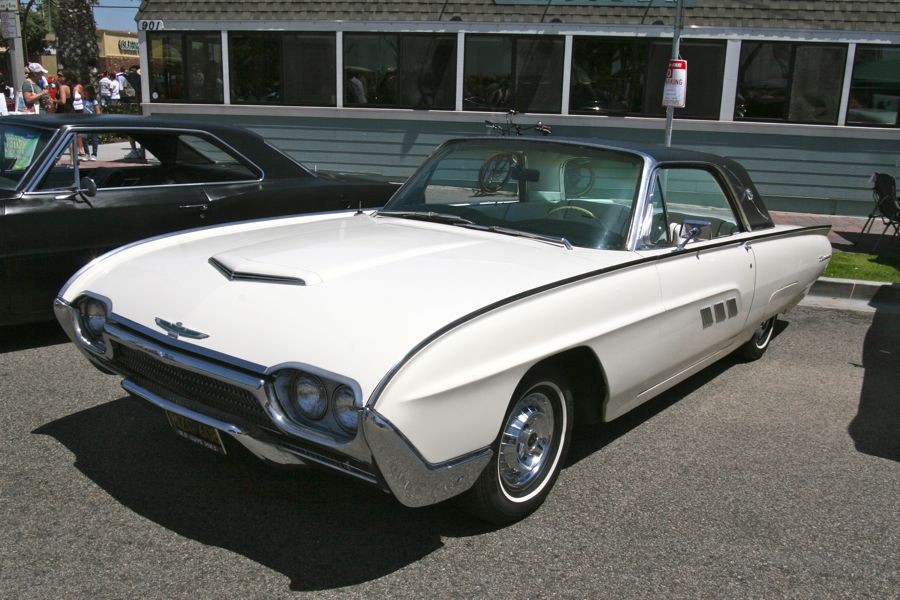
T-Birds got too big
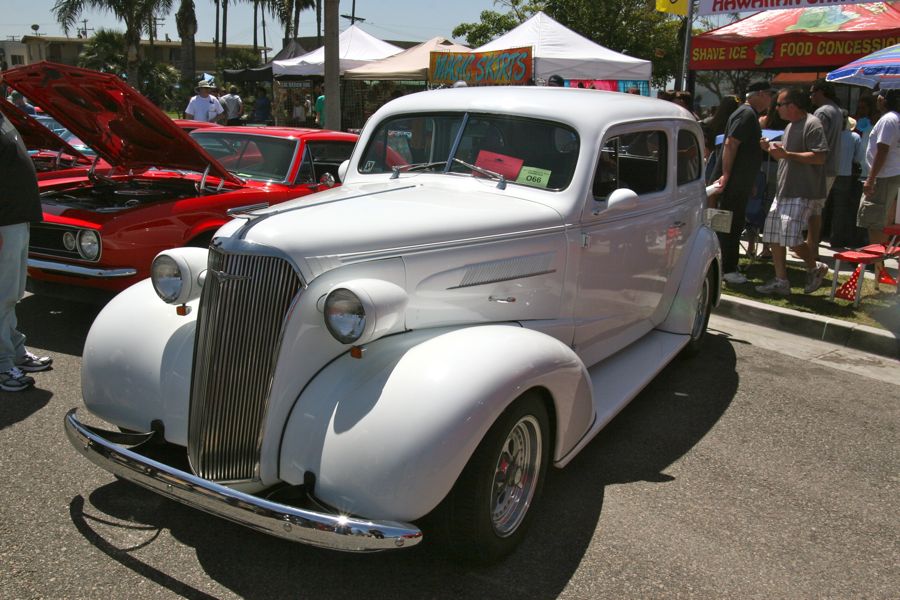

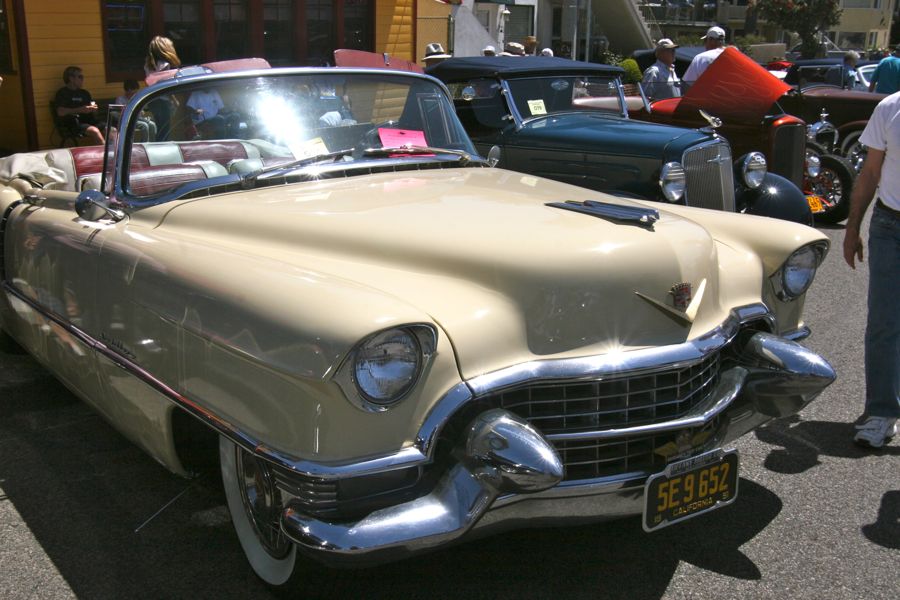
1957 Cadillac El Dorado... My favorite car
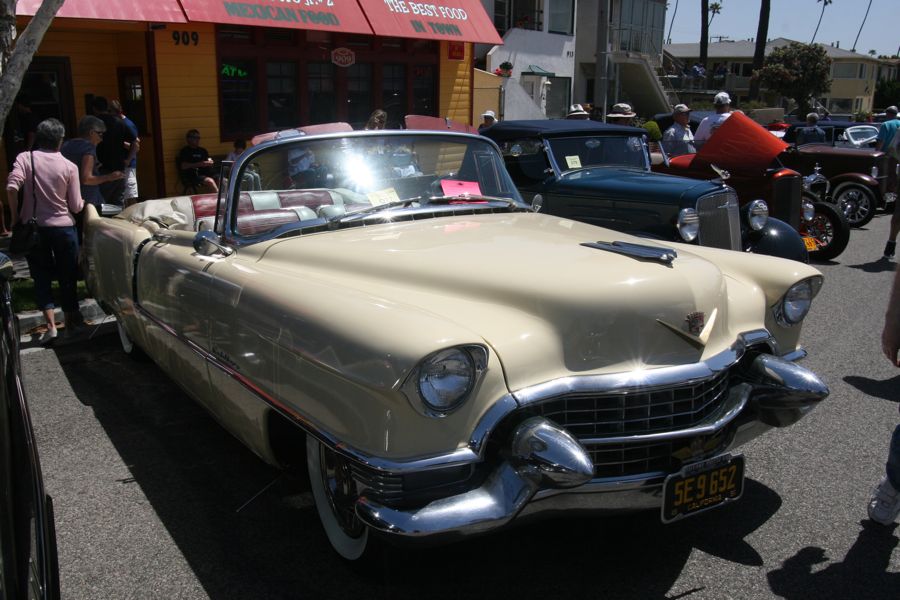
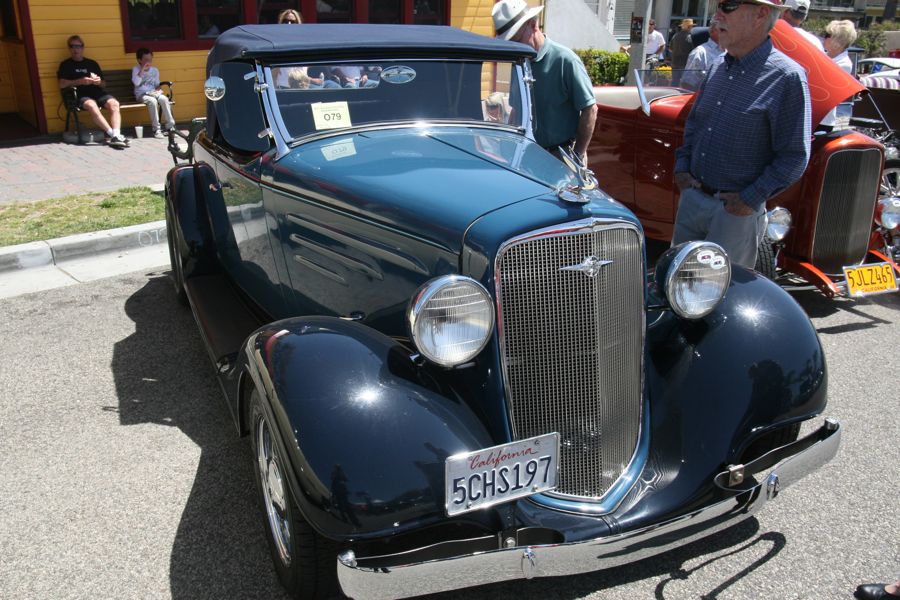
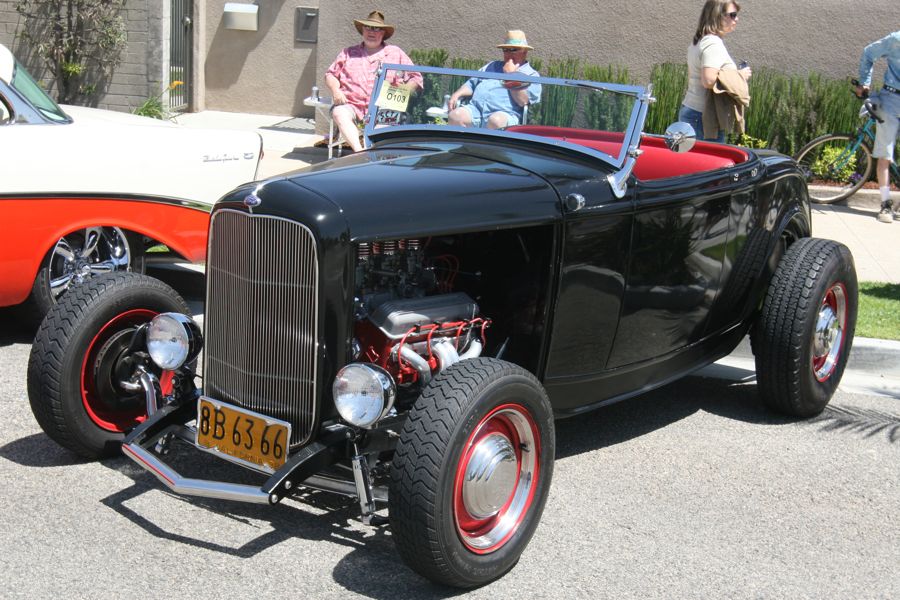
All go... little show
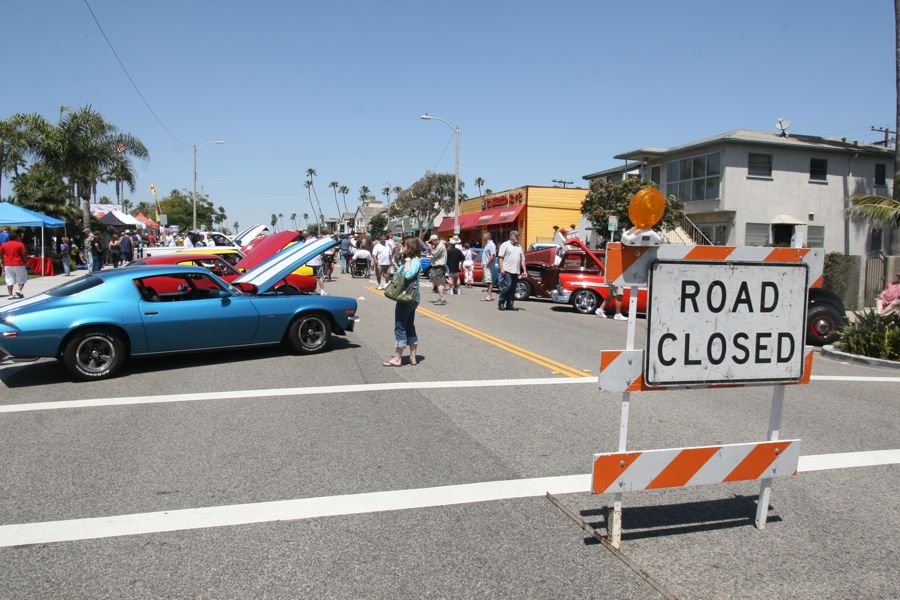
Closed streets made the displays possible

Going home
